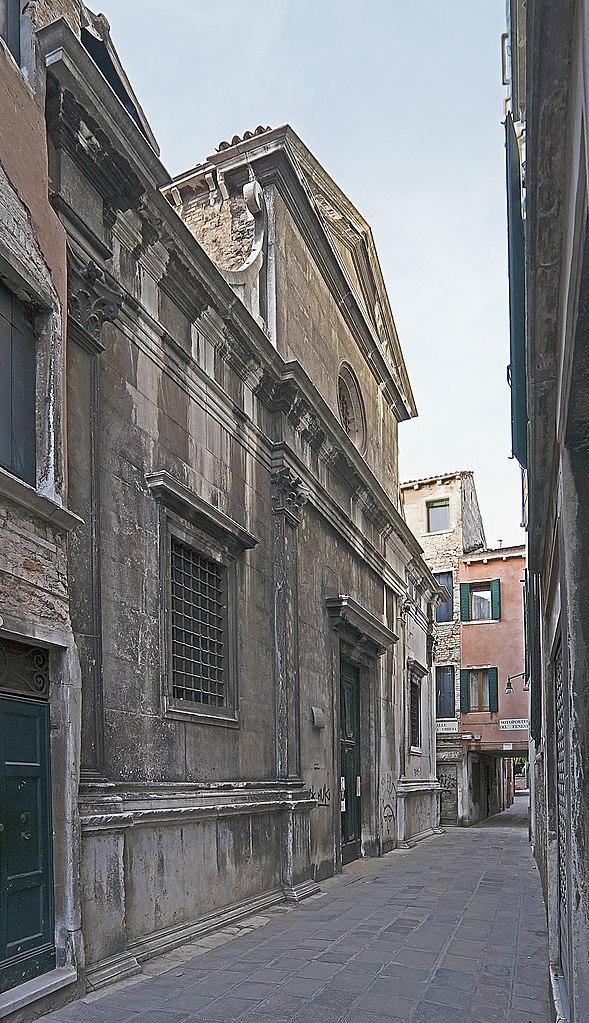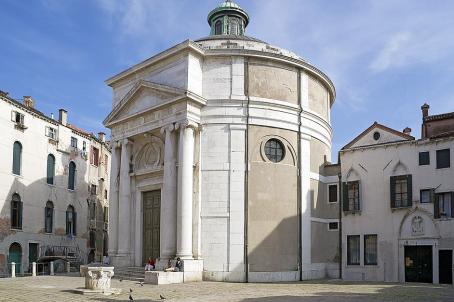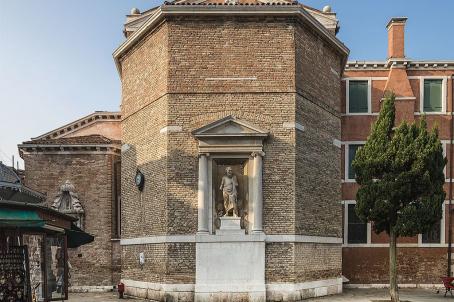Chiesa di Santa Maria Mater Domini

The church of Santa Maria Mater Domini was, according to the chronicles, built in 960 and attributed from the beginning to the adjacent monastery of Santa Cristina. Rebuilt twice after fires in 1105 and 1149, it retained its Venetian-Byzantine style until it was rebuilt in 1503. The church now displays a Renaissance style.





